JVC AV-36D502
August 1, 2025, 10:41 pm
August 8, 2025, 5:38 am
Summary
36" silver curved consumer TV by JVC from 2001. Has a full set of inputs: RF, s-video, composite, and component. Made at JVC's Mexico facility.
Manuals
Notes
The 2001 D-Series and other component sets by JVC models featured a new chassis with a Toshiba jungle chip. The chassis uses a 3-line comb filter for composite video, which is an improvement over the previous chassis's 2-line comb filter.
This specific model features two s-video inputs, which is handy.
The tube in this model varies, but the one featured in this article uses an excellent Toshiba tube with invar shadow mask.
This set has red push, significantly more saturation compared to the previous D-Series chassis. Red's are blown out, purples are pinkish, and yellows have an orange tinge to them. Thankfully, there is a way to dial it back almost completely with a few tweaks in the service menu. Be aware that settings for red push are saved separately for different inputs and picture modes. To disable for all combinations, see full instructions under Mods & Repair Guides. (The provided examples have red push enabled.)
Thanks to the jungle chip, this set supports oddball frequencies. If you go into the service menu and turn on option "V 48HZ," you can unlock its full potential! However, these other frequencies will only be in color over component input.
Johnny Baez RGB mod pics HERE
Composite 240p Performance, Disabling Vertical Edge Enhancement
by Eli Krause
I. For composite decoding this set uses a Toshiba TC90A53N, a 3-line digital comb filter. One beneficial feature of this comb filter is its "1-line color dot interference reducer circuit". Depending on the console/revision, dot artifacting ranges from slight to moderate, and blending effects may be broken. Using an external notch filter to decode composite instead and sending that to the s-video or component input would blend all dithering patterns and remove nearly all dot artifacts (guide here).
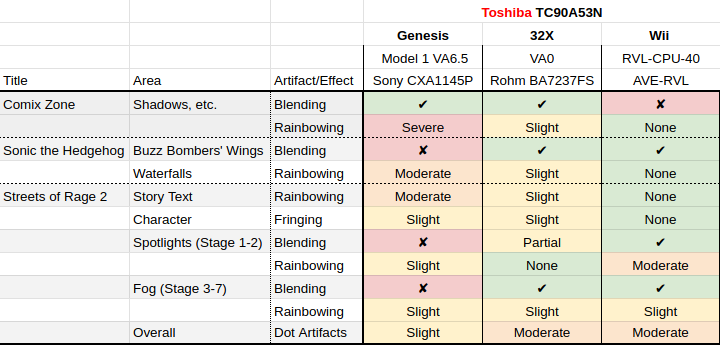
II. Just as velocity scan modulation is intended to increase contrast at horizontal edges, vertical edge enhancement artifically boosts contrast at vertical edge transitions for composite and RF sources, changing the color palette in the process. To reduce this to its minimum, the high signal sent to pin 17 of the comb filter must be brought low which can be achieved by removing the resistor leading to that pin. On the AV-20D202 and AV-27D302 it is R239 on the bottom of the main board. On the AV-32D502 and AV-32D302 it is R247.
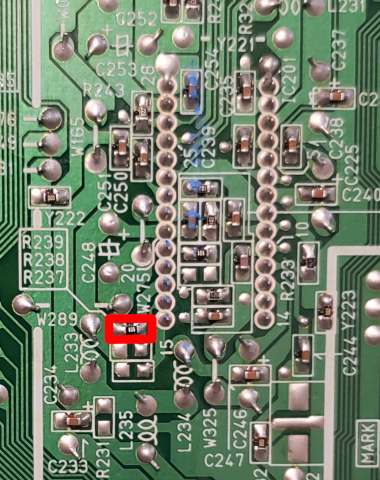
Gallery
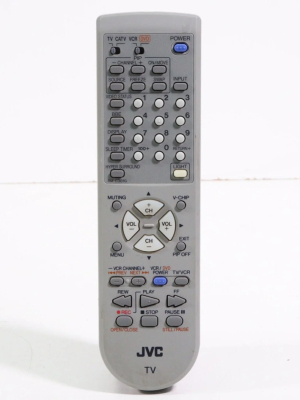
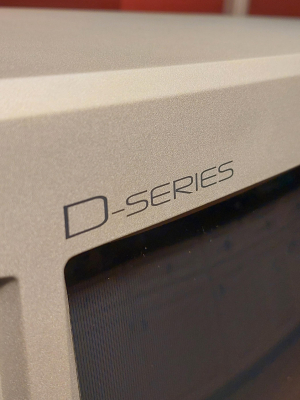


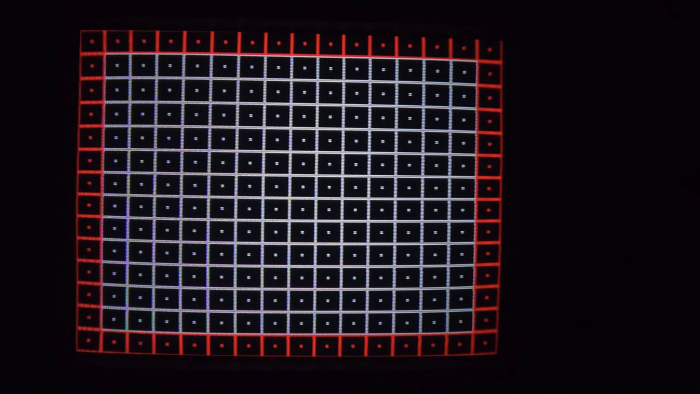
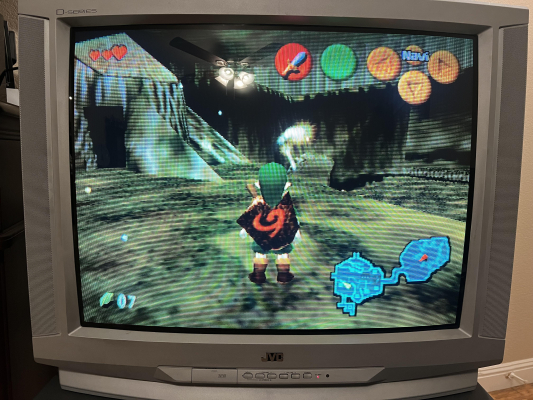
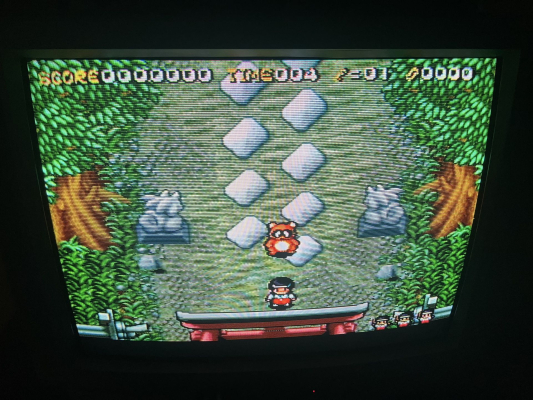
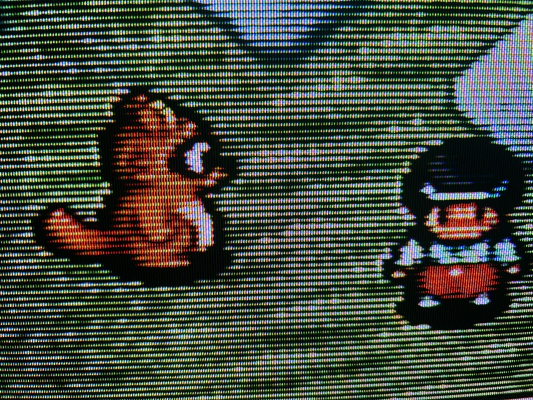
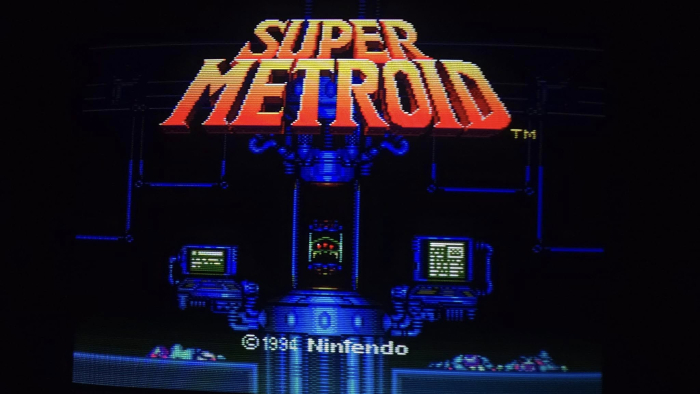
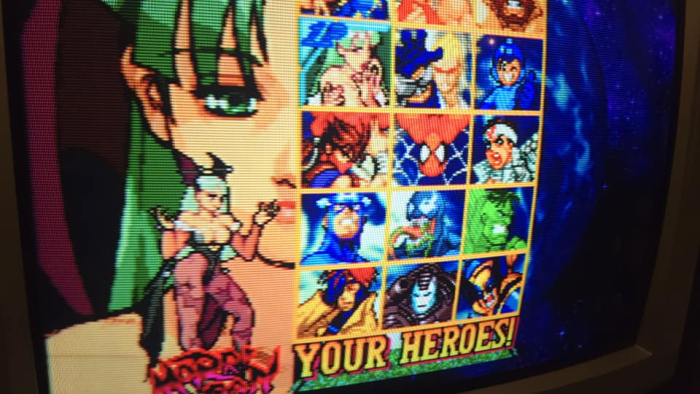



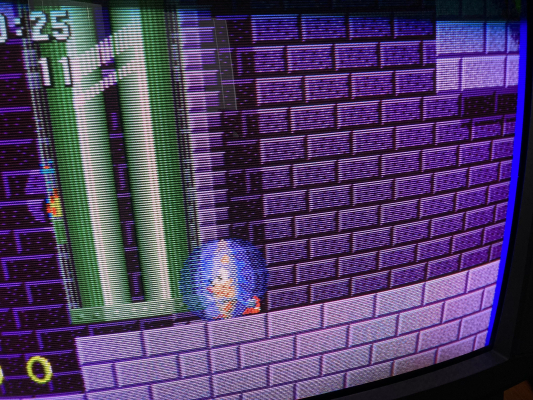


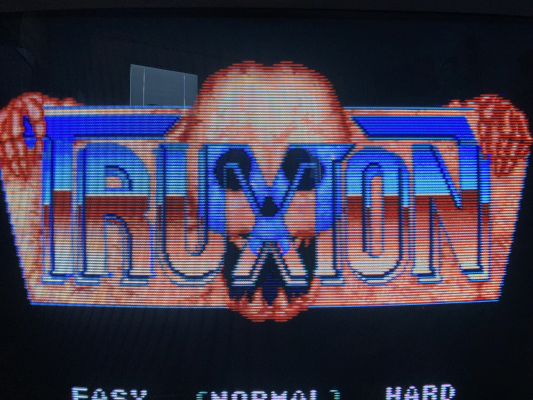
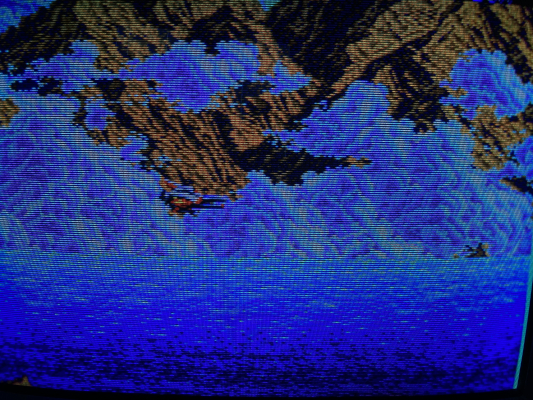
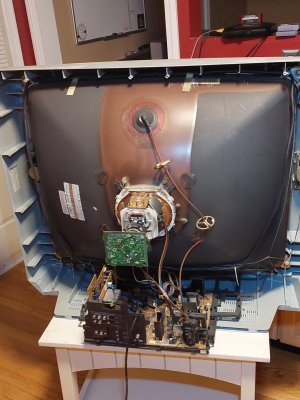

| Specifications | |
|---|---|
| Brand: | JVC |
| Manufacturer: | JVC |
| Model: | AV-36D502 |
| Series: | D-Series |
| Viewable Size: | 36" |
| Inputs: | Composite, RF |
| Native Resolutions: | 240p, 480i |
| Horizontal Scan Range: | 15 kHz |
| Vertical Scan Range: | 50 Hz, 60 Hz |
| Formats: | NTSC |
| Aspect: | 4:3 |
| Adjustments: | OSD Customer Controls, OSD Service Menu |
| Comb Filtering: | 3-Line Digital |
| Comb Filter IC: | Toshiba, TC90A53N |
| Flyback: | QQH0092-001 |
| Focus Type: | Single |
| Tube: | Toshiba , Hitachi , RCA , A90LPY30X , A90AHH50X10 , A90AHH50X , A90AEJ15X01 , A90AEJ15X , A90LPY30X04 |
| Heater Voltage: | 6.3v |
| Mask: |
Slot

|
| Tint: | Dark |
| Removable Glare Film: | No |
| Yoke: | (ITC) |
| Speakers: | Stereo, 5W x 2 |
| Remote: | RM-C301G |
| Chassis: | AC, A95 |
| Weight: | 149.6 lbs (67.9 kg) |
| Dimensions (W/H/D): |
962 x 773 x 621 mm
(37.8 x 30.4 x 24.4") |
| Application: | Consumer |
| Cabinet Material: | Plastic |
| Launched: | 2001 |
| MSRP: | 999 USD |
| Country of Manufacture: | Mexico |
| Market: | North America |
| Power Standard: | 120v |
| Mounting: | Table Surface (Standard), OEM Stand |
| Mods: | RGB via Mux |
| Degaussing: | Automatic on Power-on |
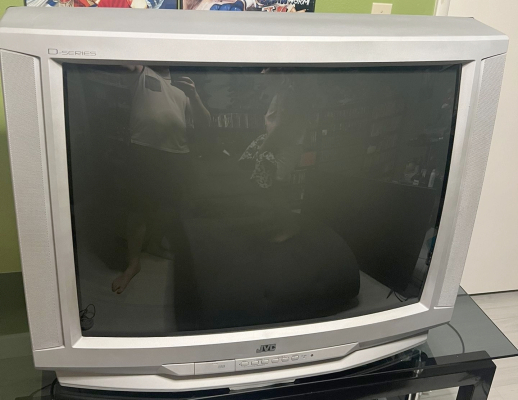
 This work is licensed under a
This work is licensed under a